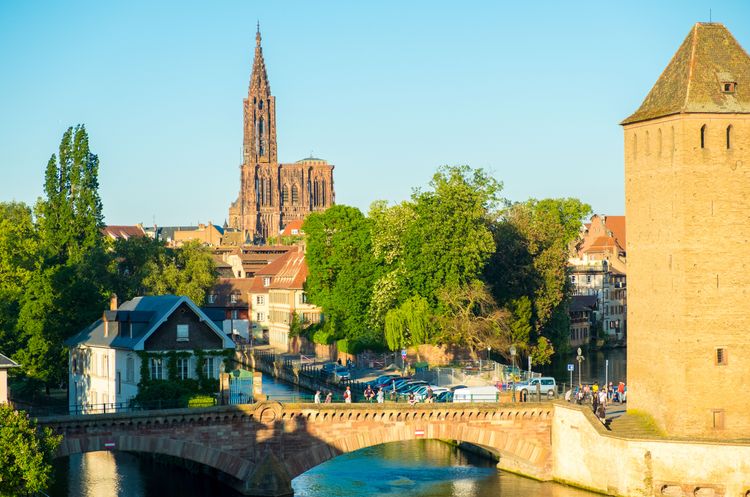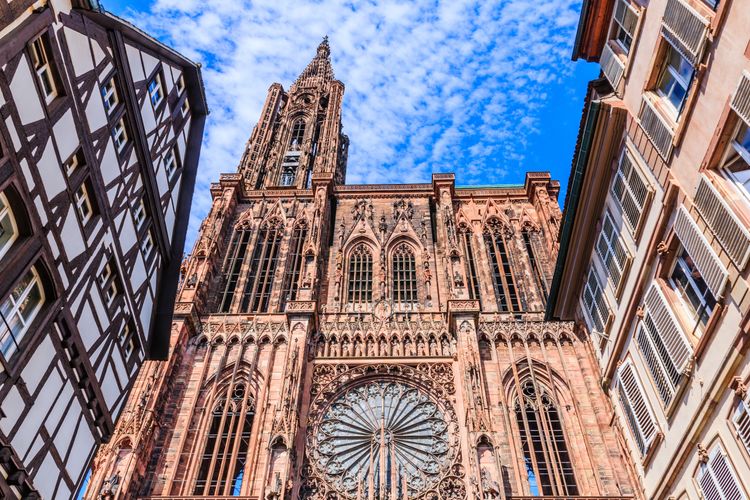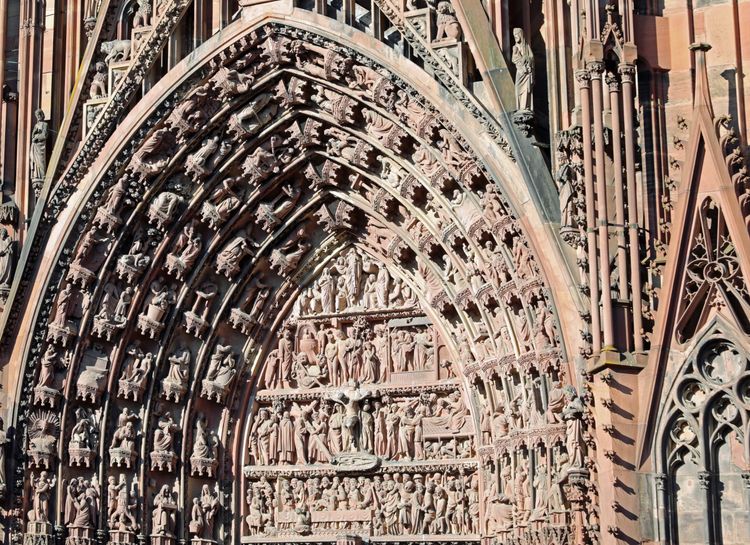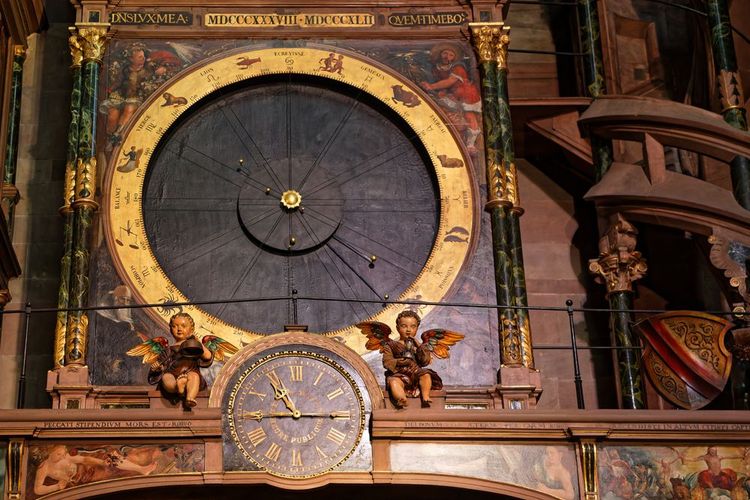Numerous religious buildings were erected on the very site of Strasbourg's Notre-Dame cathedral, which we know and admire today.
It was first a Roman sanctuary dedicated to the god Mars in ancient Roman times, then a cathedral, built on the structure of a temple dedicated to the Blessed Virgin at the end of the 7th century by Bishop Arbogast. In the 8th century, it was replaced by a larger building of Carolingian architecture, which burnt down three times, finally giving way in 1015 to a new cathedral in the Ottonian style (the origin of the Romanesque style), which in turn burnt down in 1176.
As the backlash did not seem to weaken the faith of the successive bishops, the construction of a fourth cathedral was commissioned around 1176 by Henri de Hasenbourg, the new bishop of Strasbourg. This perseverance finally bore fruit, as this fourth structure, built over several centuries until 1439, is the one that can still be seen today.












